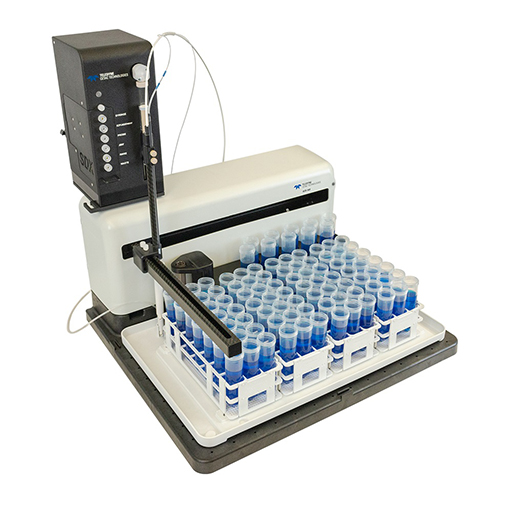SDX ʜᴘʟᴅ
Online Sample Preparation – An innovative spin on proven technology
The SDXHPLD system combines the proven ASX‑560 autosampler with a novel vortex mixing dilution accessory. The system dilutes in the same way you do by hand: volume-to-volume dilution, using a highly accurate syringe pump. But it also goes an additional step to vortex mix the resulting dilution prior to sample introduction to ICP and ICP-MS.
The SDX employs vortex mixing to promote homogenization of a sample to ensure accurate and precise analysis following dilution. The variety of sample matrices submitted for trace element analysis necessitates the need for mixing. This long overdue capability improves data quality by fully homogenizing a dilution mixture rather than performing in-line combination.
The SDXHPLD is a straightforward, fully-integrated solution for automated dilution of aqueous and acid base sample prep for ICP or ICP-MS.
Features
At-A-Glance
Vortex Mixing and Serial Dilutions
- Homogenous dilutions up to 5000x
Automated re-analysis and sample introduction for:
- Samples exceeding calibration range
- Samples with supressed internal standard
Typical Analytical Results
- Carryover <0.01%
- Precision <0.5% at 10x Dilutions
- Accuracy 100% ± 3%
- Linearity r2 = >0.9995 over wide ranges
Fully integrated with Qtegra ICP and ICP-MS software
Additional Benefits
- Save time and reduce labor costs
- No more recalculating, rediluting, and reanalysis
- Minimal laboratory footprint
- Known, proven and reliable technology
- Syringe pump unit internal leak sensor
- Liquid flow paths and electronics separated within the syringe pump unit
- Promotion of diluted sample homogenization through vortex mixing with high accuracy and precision
- Flexible control of analysis speed, carryover and memory effects
- Modular Design – can be added to an existing ASX-560, combined with enclosure and/or ASXPRESS Plus
Four Modes of Intelligent Auto-Standard Dilution
The Teledyne CETAC SDXHPLD system redefines “intelligent dilution” with the ability to re-analyze a sample in a single step to fall within a user-specified range. On recognition that an analyzed sample falls outside of a specified range, the sample is re-diluted at a new dilution factor which has been calculated by the system to target a user-specified concentration. Reanalysis is only performed once rather than through an incremental dilution process.

Auto-Standard Prep
The SDX can prepare your working calibration standard solutions from the same source stock standard allowing generation of linear calibration lines whilst removing the potential of manual dilution error. Calibration standard solutions are diluted and homogenized immediately prior to analysis. Correlation coefficients of >0.999 are routinely achieved from calibration lines generated via auto-standard preparation.
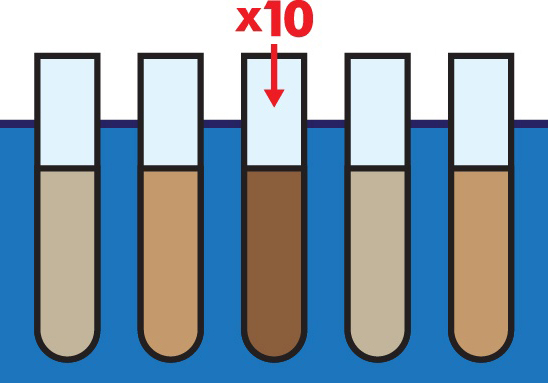
Prescriptive Dilution
Unknown samples can be diluted within the range of 2x to 5000x on a sample per sample basis. Unknown samples can simply be transferred to sample tubes and placed in racks on the autosampler and the dilution factor defined in the ICP instrument operating software. The system will dilute and homogenize sample solutions immediately prior to analysis, removing the need for manual dilutions.
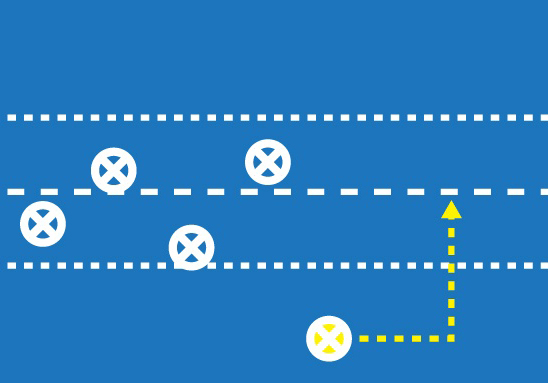
Failed Internal Standard Dilution
Laboratory quality control protocols demand that the internal standard signal for unknown samples falls within a specific tolerance (± %) with respect to batch blank solutions. The SDX will respond to any samples that fail to meet this requirement, re-diluting them at a greater dilution factor and re-introducing them. This response brings the internal standard of such samples into line.
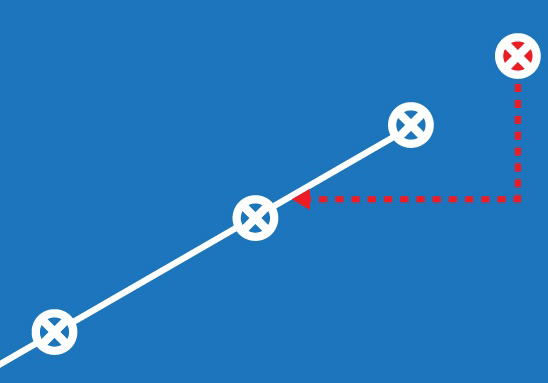
Exceeding Calibration Range
To minimize analytical error, if a sample exhibits an analyte signal greater than that of the top calibration standard then the SDX will respond by re-diluting it at a greater dilution factor and re-introducing it. The new dilution factor is calculated by the ICP instrument operating software to bring any such samples below the concentration of the top calibration standard.
Technology Description
During normal operation the autosampler probe draws a sample which passes through the SDX module and continues to the ICP. For a dilution, the same probe is connected to a high resolution syringe pump for aliquot and diluent addition to the vortex mixing vessel. Following measurement, any remaining sample is drained and the vortex vessel is cleaned.
Dilution and Mixing
- The probe line is primed with diluent
- The probe moves into the sample and takes the prescribed aliquot
- The syringe pulls the prescribed amount of diluent
- The probe pulls up an air gap
- The probe moves to the vortex vessel and dispenses both aliquot and diluent and the mixture is vortex mixed
- The probe switches to normal operation then samples the homogenous solution from the vortex vessel
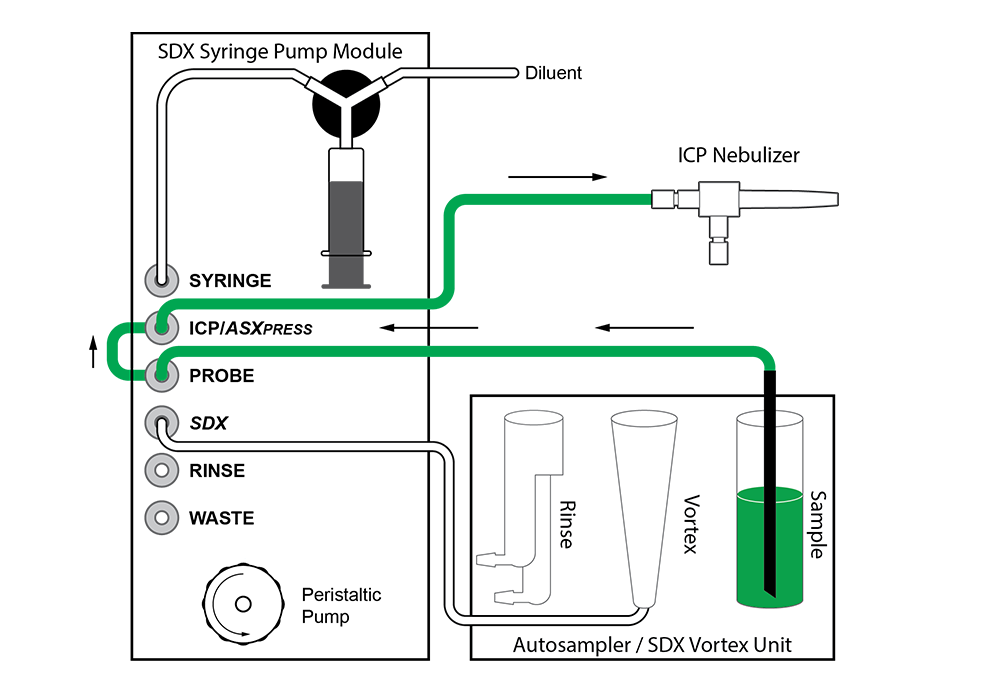
Normal Operation
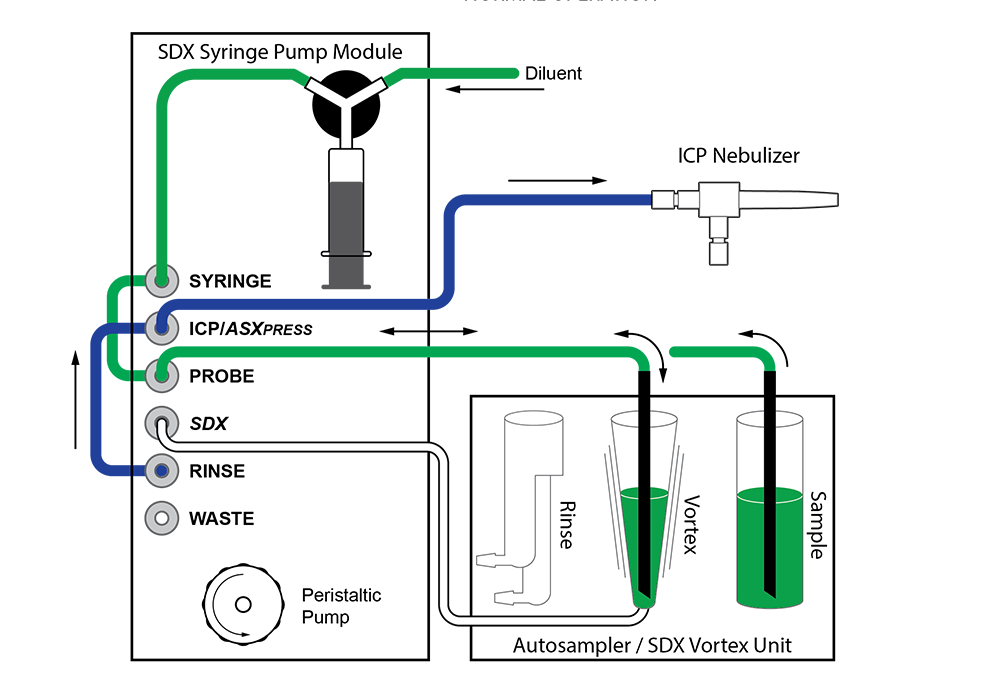
Dilution and Mixing
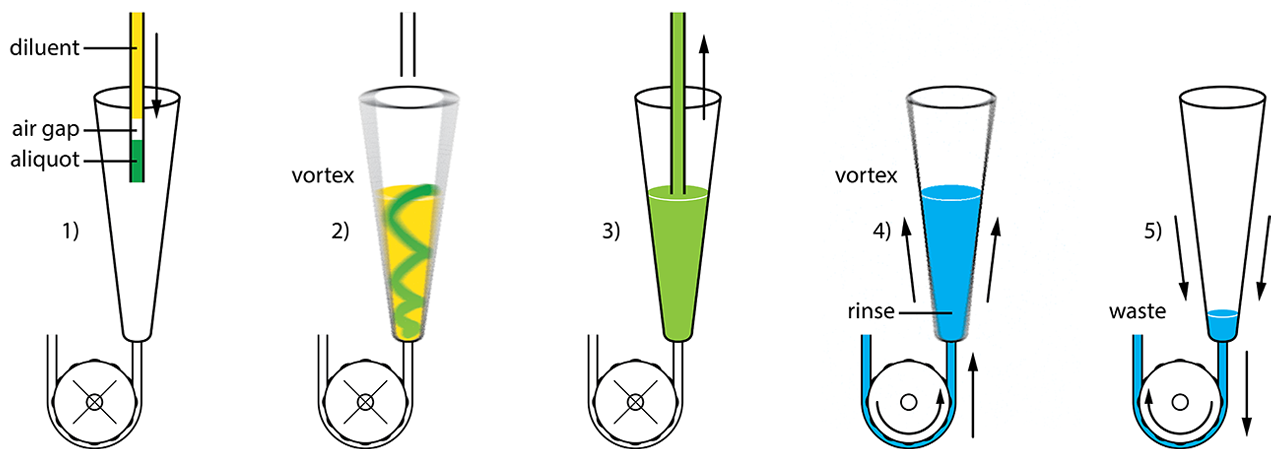
The SDXHPLD system can be set to rinse the vortex mixing vessel multiple times as desired to reduce carryover. The sample flow path and vortex mixing vessel are comprised completely of inert materials that are free of trace metals and easy to clean. The SDXHPLD uses an independent rinse source from the ASX-560 Autosampler so that, if needed, a different rinse solution can be used for the autosampler probe versus the SDXHPLD vortex mixing vessel.

